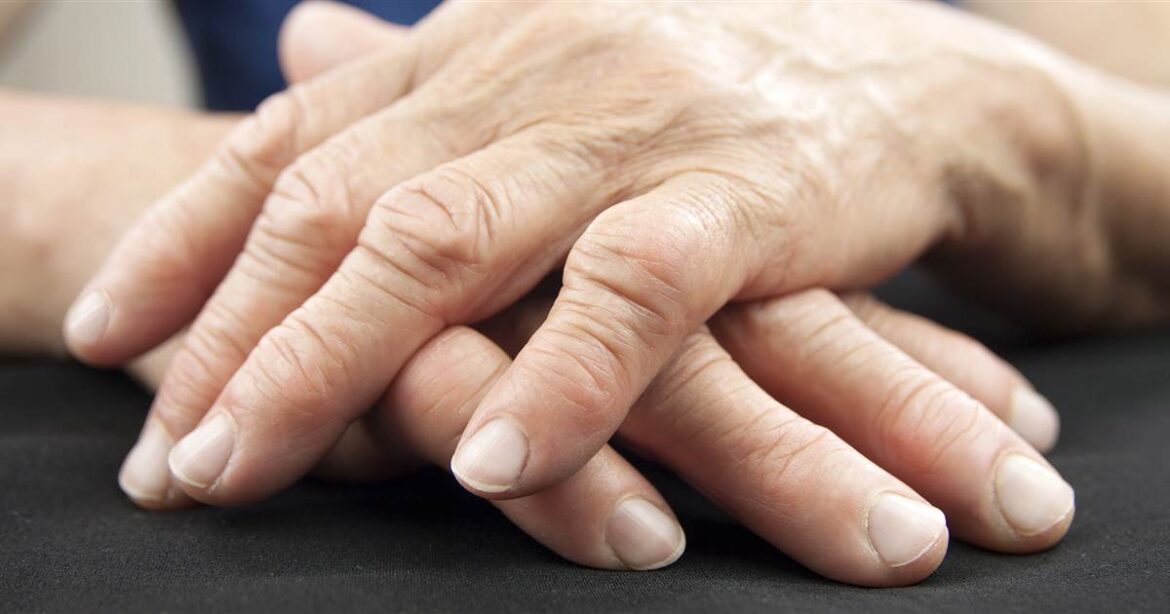
HOME REMEDIES FOR RHUMATOID ARTHERITIS
- April 12, 2021
- Posted by Dr. Vaidya Karanvir Singh
- 0 Comment(s)
Table of Contents
Exercise
- Aerobics exercise includes cycling, walking, rowing, and swimming to boost strength and flexibility.
- Stronger the muscles around your joints, the stronger the range of motion.
- Exercises help to maintain balance in your joints and avoid stumbles and falls.
Heat and Cold
- Heat and cold treatments to ease rheumatoid arthritis symptoms. Each has different benefits:
- Cold: It reduces joint swelling and inflammation.
- Apply an ice pack to the affected joint during pain occur in RA. Just don’t overdo it.
- Apply the cold compress for 10-15 minutes at a time.
- Take at least a 30-minute break between treatments.
- Heat: It relaxes your muscles and increases blood flow. People can use a moist heating pad or a warm, damp towel.
- Don’t use too hot a heating pad. People can do heat therapy in the shower. That may help to soothe the affected area.
- A tub filled with hot water is another good way to relax stiff muscles.
- Avoid heat therapy if u have high blood pressure, heart disease, or pregnant.
Deep Breathing
- Take slow breaths from your belly. It can calm you and reduce the stress receptors that tighten your muscles and make the pain worse, or when you focus on your breathing, you take your brain away from thoughts about pain.
Meditation
- This technique simply focusing on your breathing and just noticing each inhale and exhale.
- Every people can do this for few minutes to make their mind and body relaxed or refreshed.
Progressive Muscle Relaxation
- Tighten and then relax the muscles in different parts of your body.
- Work your way down the body, starting with your face muscles, followed by your neck, arms, chest, back, belly, legs, and feet.
- Or work your way up from your feet. Breathe in as you contract your muscles. Breathe out when you let go.
Visualization
- This can help reduce stress and pain. To try this simple exercise:
- Close your eyes.
- Breathe deeply.
- Picture yourself in a quiet, peaceful place.
Yoga
- It’s good for your body and mind. It reduces joint pain, improves flexibility, zaps stress, and tension.
- Research shows that it can lower chemicals that cause inflammation and stress.
SPICES FOR RHUMATOID ARTHERITIS PAIN RELIEF
- Ginger – Ginger has anti-inflammatory properties, including the abilities to suppress inflammatory molecules called leukotriene and the synthesis of prostaglandins, hormone-like substances that cause pain and inflammation.
- Thyme – A fragrant herb that has high antioxidant capabilities, thyme used in food as a flavoring agent. And it has anti-inflammatory and anti-microbial properties that could be therapeutic for rheumatoid arthritis Fresh thyme or the fresh leaves of thyme can be additions to meat, poultry, bean, tomato, or egg dishes, as well as soups and stews as a flavoring agent.
- Turmeric – Turmeric used in ayurvedic and Chinese medicine to treat a variety of medical conditions, including arthritis and musculoskeletal disorders. It has anti-inflammatory properties, turmeric and curcumin also have analgesic effects. Turmeric has blood thinner properties, it should be avoided in large doses if you take blood-thinning medicine.
- Green tea – Green tea contains polyphenols, which are rich in antioxidants and help to reduce inflammation. It protects joints and triggers changes in immune responses that would ease the severity of arthritis. Green tea extract had superior anti-inflammatory effects.
- Cinnamon – Cinnamon has antioxidant properties that inhibit cell damage from free radicals. It also helps reduce blood sugar and cholesterol levels, and it appears to protect cognitive function as people get older. Cinnamon has a significant role in decrease blood levels of C-reactive protein as well as reduced disease activity, tenderness, and swollen joints.
- Garlic – Sliced, minced, or chopped, fresh garlic can liven up any dish and may help ease rheumatoid arthritis pain. Garlic contains diallyl disulfide, an anti-inflammatory compound that decreases the effects of inflammatory cytokines. The research found that the administration of garlic had an anti-arthritic activity that preventing cartilage destruction and reducing inflammation.
- Black pepper – Black pepper contains piperine, the active compound, has bona fide health benefits. Black pepper has antioxidant, antimicrobial, anti-inflammatory, and gastro-protective effects. Consumption of piperic acid has anti-inflammatory effects, inhibiting swelling and the production of cytokines in animals. It is also found that piperine administration relieved inflammation, pain, and other symptoms of arthritis in animals.
- Willow Bark – Willow bark has anti-inflammatory properties and reduces various markers of inflammation. Intake of willow bark reduces rheumatic pain and back pain, the results are seen after three weeks of continuous intake.
- Thunder God Vine – It reduces inflammation caused by autoimmune diseases, including RA. Thunder god vine can be extremely poisonous if not extracted properly.

Dr. Vaidya Karanvir Singh is the younger Vaidya in Chandigarh Ayurved & Panchakarma Centre. He is the fourth generation in his family who is practicing as a general consultant in Ayurved & Panchakarma treatment at Chandigarh. In his practice, he had treated more than 1 Lakh Plus patients worldwide.
Article by Dr. Karanvir Singh (M.D in AYURVEDA, PANCHAKARMA FAGE) and reviewed by Vaidya Jagjit Singh (B.A.M.S)

